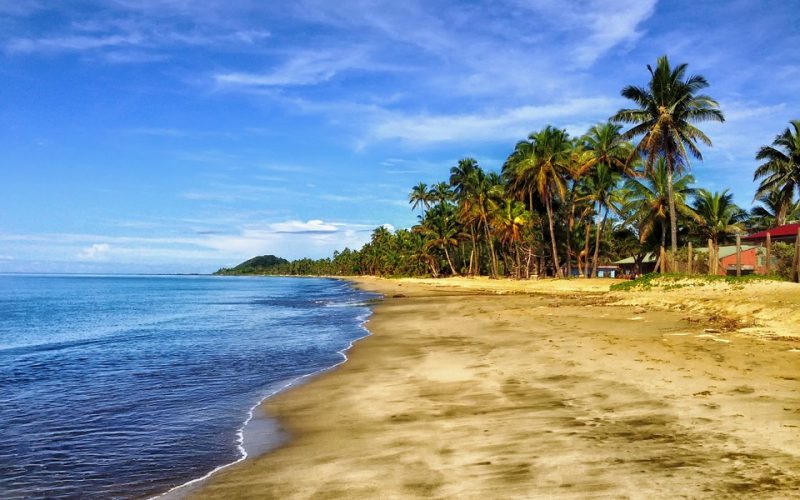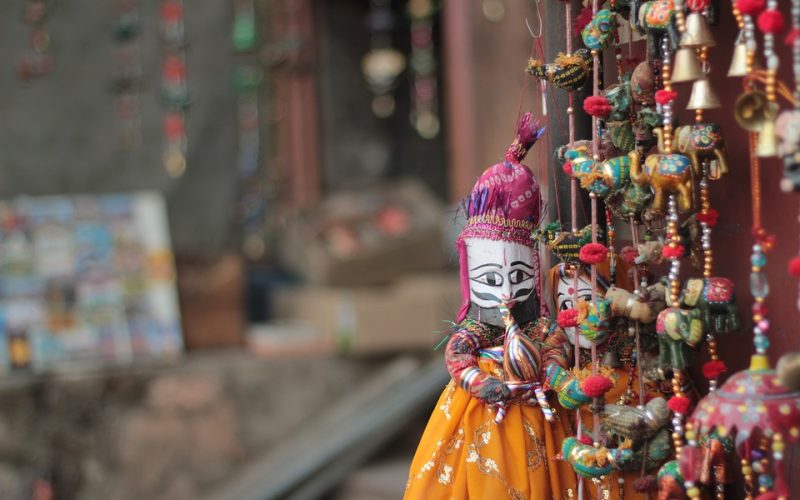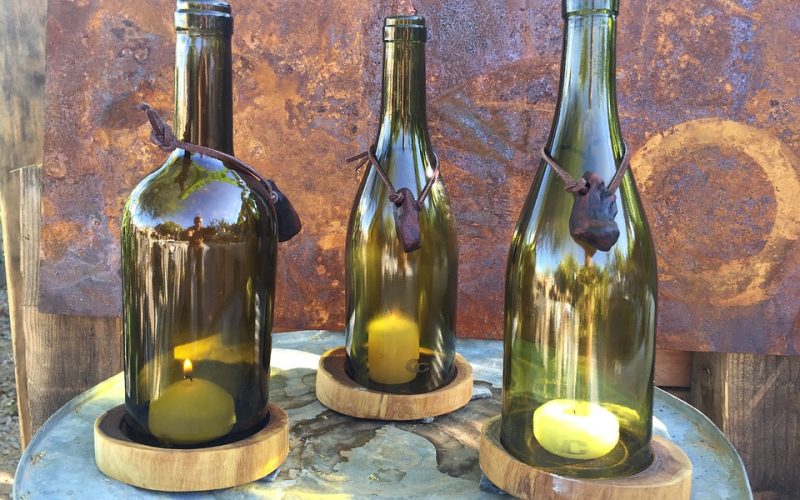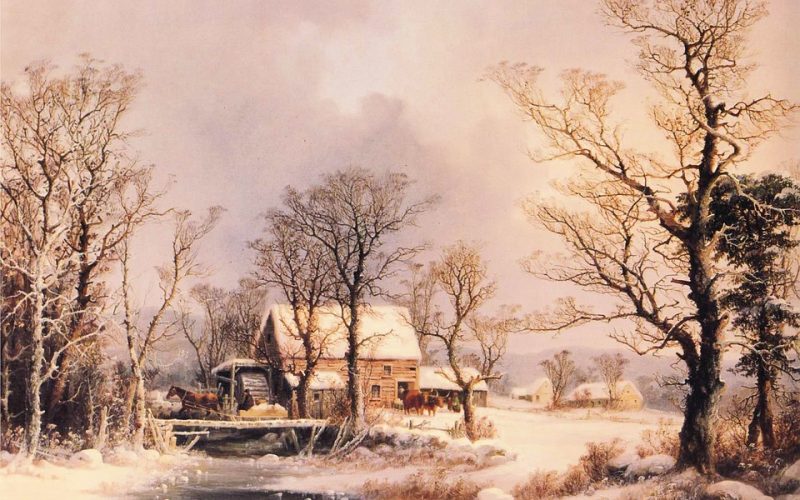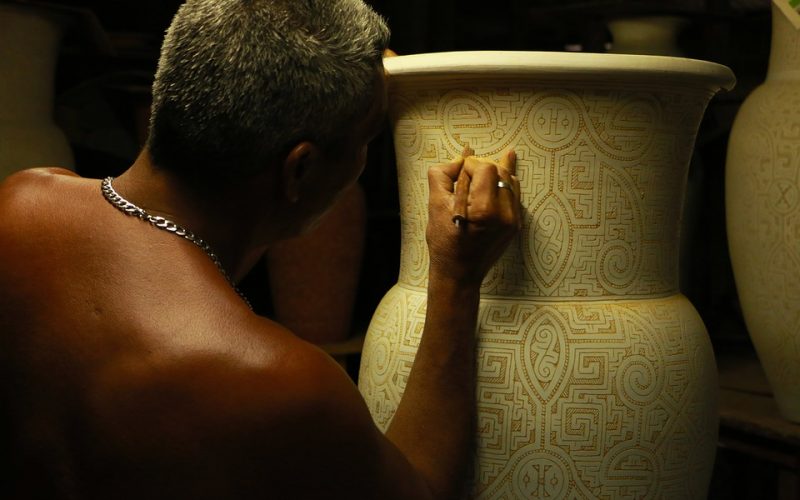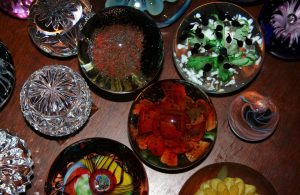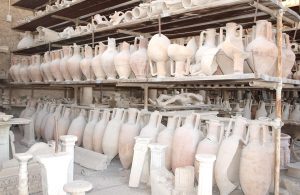While much of the vegetation in the tropics comes in variations of green, the fruits and vegetables are often brightly colored. Vibrant yellow bananas, velvety red watermelons and bright citrus oranges are just three fruits that are easily recognizable in almost any nation of the world. These are examples of the growth abundant on tropical islands, and they represent the color palette of ancient artists as well as those of the modern world. For centuries, they have been incorporated into the art of tropical cultures.
The work of artists is to share their vision of life, and many of them do it through paintings of natural landscapes. This is where the importance of their local color palettes is important, and they draw inspiration from it. They share what they see with those around them, and the modern world allows them the ability to share with cultures across the globe.
Many art objects from tropical cultures reflect the water and sky, and this is also natural. Painted or drawn scenes may show various occupations such as fishing from boats or at the shoreline with nets. These pictures represent a way of life that is thousands of years old, and they pass down the beauty of their cultural heritage to new generations. This gives young people a chance to understand the history of their culture and helps instill pride in being part of it.
When population expands enough to support artists, there is often enough time to develop sports. Many tropical cultures have a wide variety of sports that are played on or in the water, and some are played upon the beaches between land and the sea. This facet of island life is another area where cultural art is important, and it is a way to pass down the history of sports to those who live in modern times.
